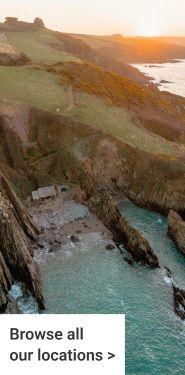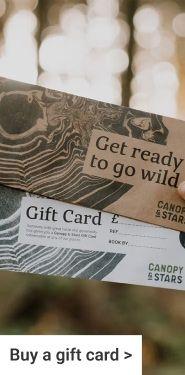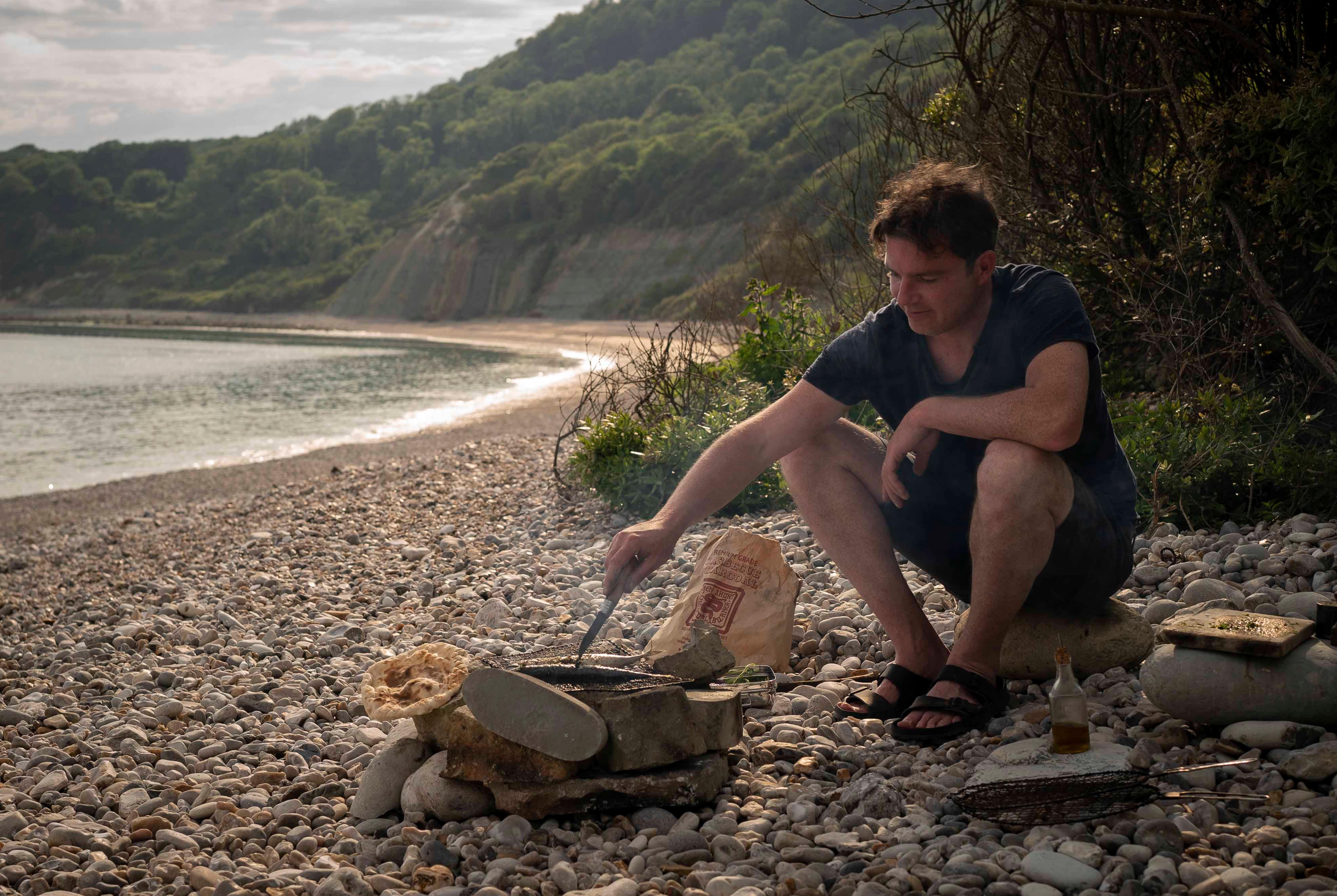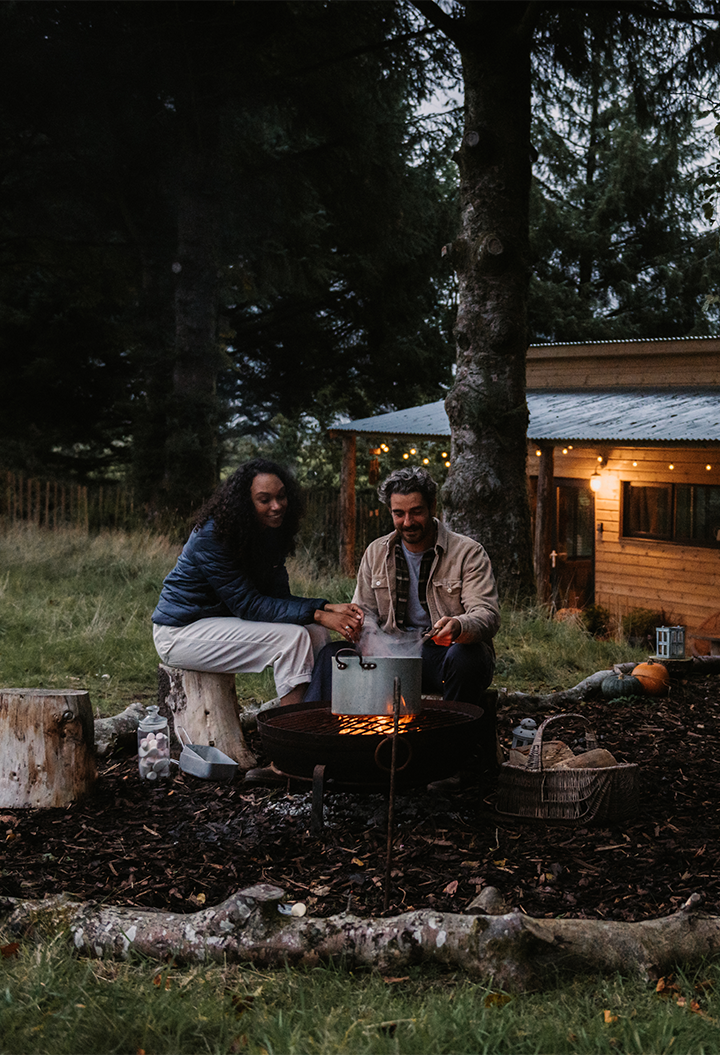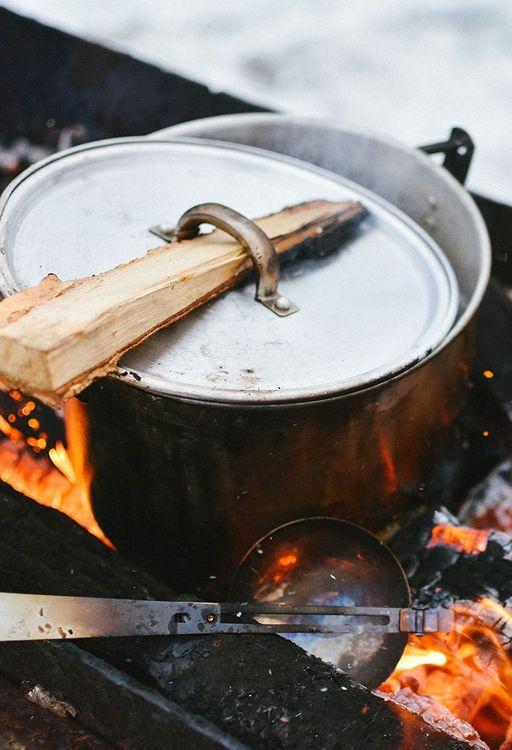
How to cook on the beach: 8 tips to feast on the coast
Short of torrential downpour, there’s little that can stop the Great British public from getting out to BBQ, well, just about anywhere. And whilst the wonderful tradition of whipping out the coals in the park tends to be during summer, unlike its grassy counterpart, cooking on the beach is good all year round.
If you’ve spent an afternoon or a morning riding boards on the surf, or diving into the cold waters for an exhilarating dip, there’s nothing like surfacing from the sea to smoky treats for lunch in the sunshine, or dinner – as the light drops over the water. The question is, how do you do it? And more importantly, how do you do it right?
What not to do
There are hundreds of reasons why, so we won’t bore you with all of them, but stop using those disposable BBQs. Far too many are left behind in wild spaces, or even curated ones, like in parks and urban green areas – and of course, their single-use nature is highly wasteful.
But not just that, they’re simply, not that good. They have no adjustable height and using certain fatty foods (i.e. the best ones) can cause fat spray that will cause flare ups that burn your food. Fish is also especially likely to stick to the grill.
So, with that out of the way, on to our golden rules...
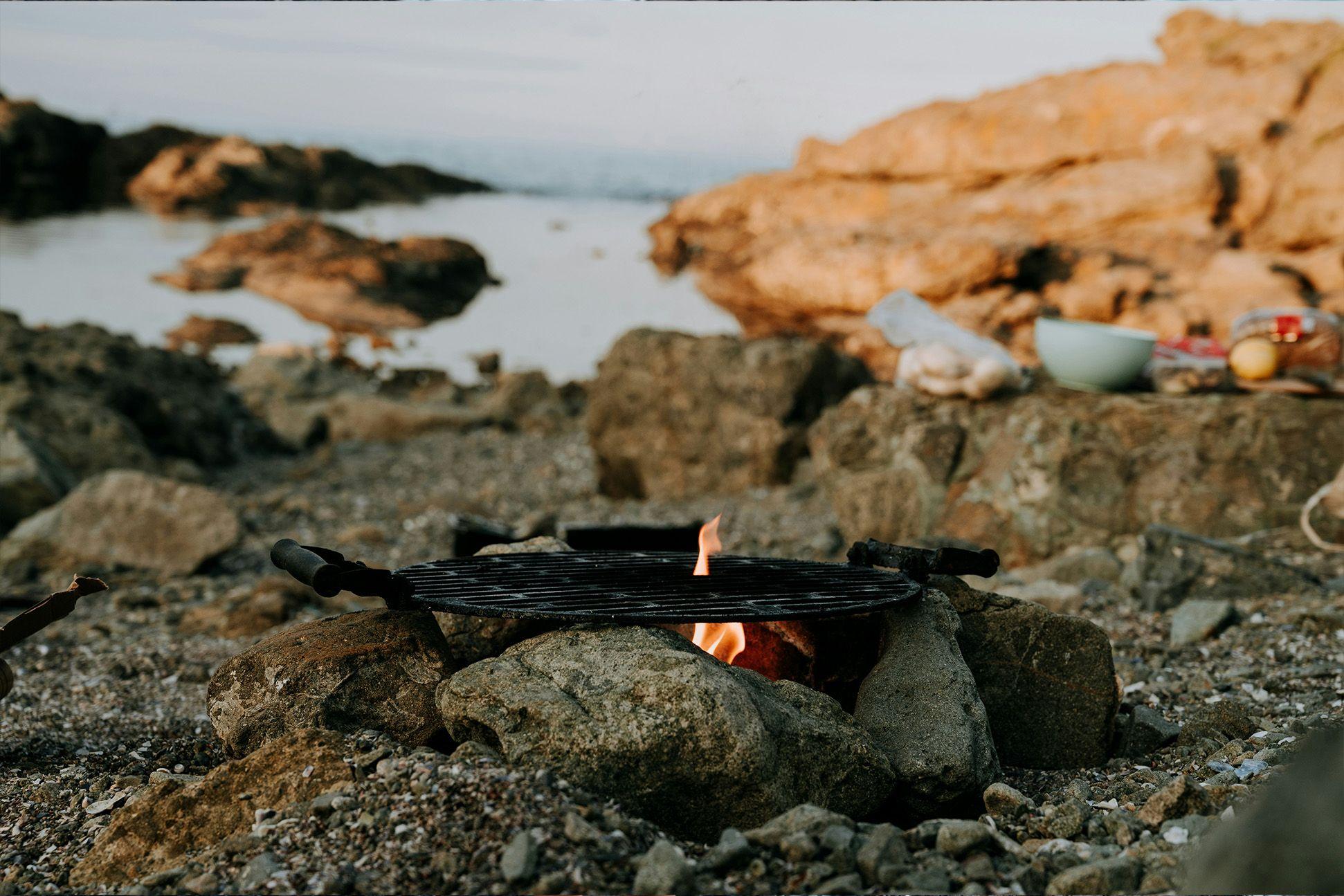
1. Mise en place
A term from the French used in kitchens, mise en place means to have all your ingredients measured and prepared before you start cooking. Yes, you can do this on the beach, but it’s enormously fiddly, and usually requires bringing more kit than you’d like. Why bring a grater, when you can simply bring more wine? Pre-cut those buns, grate those carrots for the salad, and pre-mix the vinaigrette, focus on making it a seamless cooking experience, and you’ll have more time to enjoy yourself.
2. Set the scene
Quite often you’ll be at the beach for specific reasons, good surf, visiting the local town, the urge to dig incredibly deep holes with no purpose, etc. If you’re just planning a day out, consider your time and location for two reasons. A) a west-facing beach will get the best sunset, B) choosing to BBQ below the high tide waterline will mean your fire’s ashes will be washed away with the sea after.
3. Kit
You can go as rustic as you want doing this, but let’s face it, it’s a lot nicer to have all the bits and bobs you need to relax, and not sauté your fingers trying to move sausages.
- Bring matches ideally, as you can just drop them in, instead of gingerly whipping a lighter near flammables
- Bring tongs, if you can (and remember to click-clack them before you do anything, as is tradition)
- Remember to bring a knife, Victorinox make a great small, serrated knife for prep, which you can even get as a folding version with a lock, it’s nice and cheap and perfect for all your outdoor cooking
- Something to clean your hands with – raw meat, need we say more
- Remember beverages, and a way to keep them cool
- Consider a picnic blanket, for obvious, sand in every crevice reasons
- And most of all remember marshmallows for dessert.
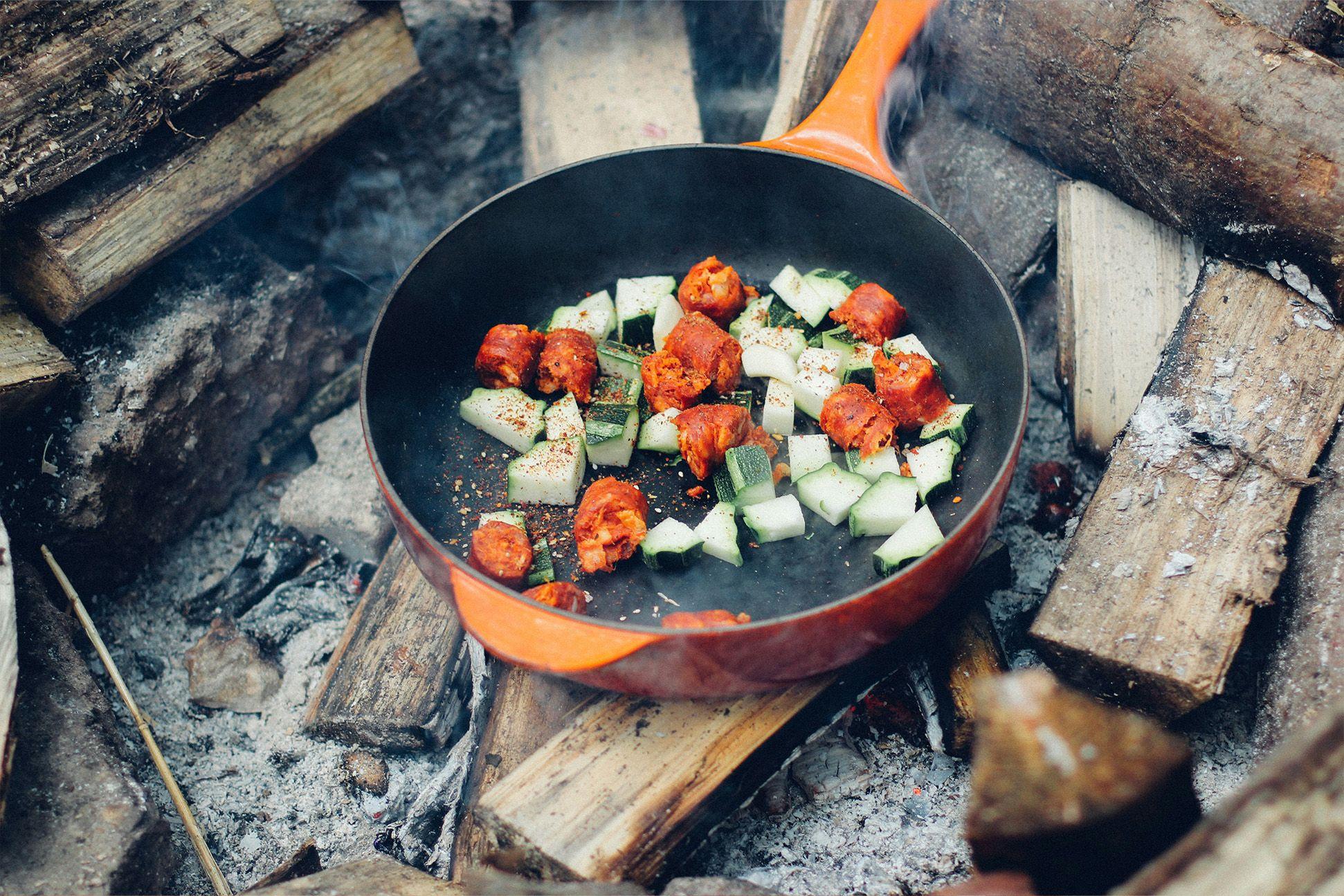
4. Device
You can cook on the beach several ways, and if you can, avoiding using a disposable BBQ is best. Thankfully, most major retailers have stopped selling them, which leaves the question, what do I use? Well, seeing as how you tend to want them yearly, at least – just bite the bullet and invest in one you’ll use the rest of your life. Our friends at Passenger make a pretty nifty rocket stove, which is eco-friendly, portable, low-emission and smokeless – and most importantly, can be reused, time and time again. But there are also a few other ways that can do in a pinch.
- You can buy a backpacking stove from most camping shops, and this can work well, alongside a pan to cook on!
- Cooking with coals – if you can have a fire where you are, you can either throw certain food items wrapped in foil directly into the coals, the best candidates for this are a jacket potato, or a banana
- Cooking over the fire – again, check if you can have an open fire where you are, but with this one, just make a regular fire, and position a BBQ grill over the top with a few logs, and cook over the fire rustic style!
5. Fuel
Ironically, before you can get your fuel, you’re going to need to think about how the grill’s gonna get theirs. You don’t want to end up on the beach using whatever you can make do with to fuel your fire. In almost all cases, you don’t want to use driftwood. You have no idea of the origin of the wood, and it could be beaten up, old industrial wood – which is treated with toxic chemicals, and you obviously don’t want that in your food.
But, if you can help it, use coal, sticks, twigs, kindling or so on – anything that’s been designed to be used.
6. Check and check again
A simple point, often forgotten, right before you light the fire – make sure you have everything you need. You don’t want to waste your flammable materials if you’ve forgotten one last bit you’ll need to cook!
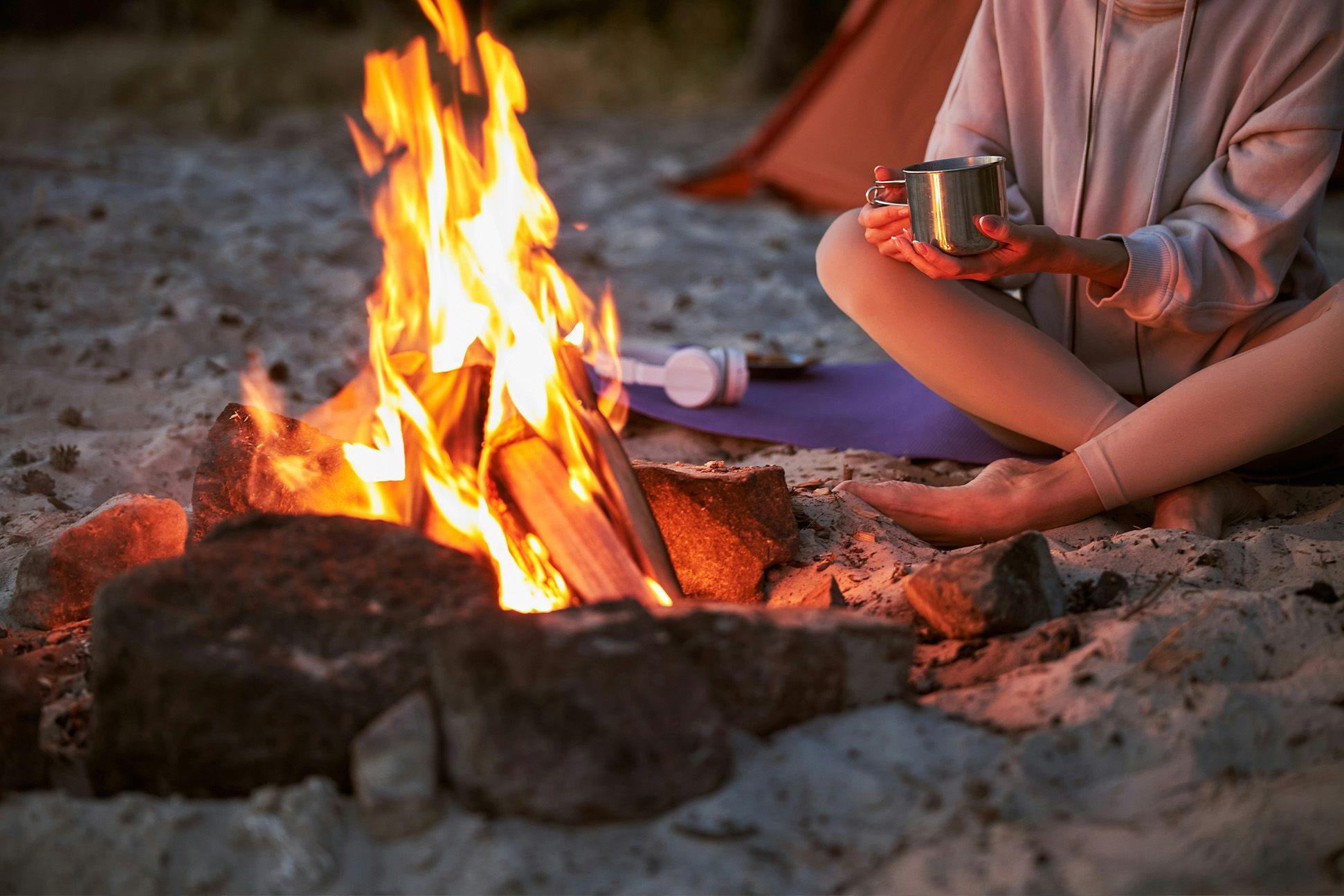
7. Think about the drink
Take a minute to google what might pair well with what you’re serving. From pale ales, lagers and stouts to crisp whites and hearty reds – or even ice-cold cocktails, the right choice is just a five-minute internet search away. Oh, and please remember the bottle opener – your dentist will thank you.
8. Leave no trace
If you love barbequing, especially at a prime location, take all your rubbish with you, or you might just find the rules have changed next year. This also extends to your conduct, so check your local rules to be sure you’re allowed a fire or BBQ, and be sure to keep the fire responsibly sized, under control and adequately put out.
Happy grilling!

